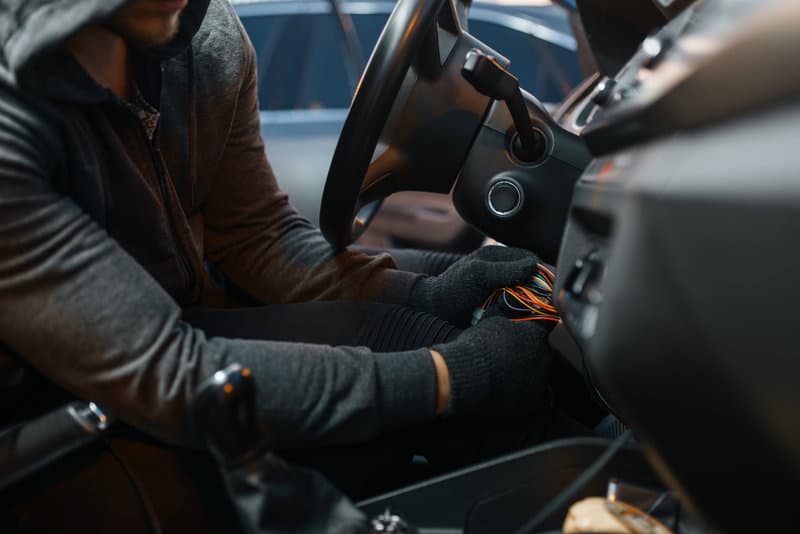High risk insurance – something nobody wants to have to pay for. Some companies could be charging you up to two times as much as a normal driver for little reason. There are a variety of factors that contribute to the risk a driver holds for an insurance company. Do you know if you are considered high risk though? Just because you have a good driving record doesn’t mean you aren’t considered a risky driver.
How Are Insurance Rates Calculated?
In short, insurance rates are determined by calculating every possible risk factor that could be involved for a company when insuring a driver. The company gives each of these risk factors a value, which is then brought to the provincial government. These rates are then accepted or rejected, depending on if they would sufficiently protect every driver involved in an accident. If accepted, this creates the foundation for an insurance company’s rates.
When someone is considered a high risk driver, they simply require more of these factors to be sufficiently insured. While risk most commonly relates to a driver’s history, it is not restricted to this single factor. For instance, a new driver in an expensive, luxurious, or uncommon car could be considered high risk by other companies. Even normal, common cars with a reputation for being stolen or in accidents can increase insurance risk.

Are Young / New Drivers High Risk?

Regardless of who you know, insurance companies will almost always consider new drivers a high risk. When creating an insurance policy, every insurance company will take driving history into account. This history will demonstrate the individual tendencies and reliability of a driver when it comes to safety. The reason new drivers are frequently considered high risk is because of their lack of history.
Although new drivers have no tickets or accidents on file, they also have no history proving they are responsible drivers. Unfortunately, this is something every driver has to go through at least once. With time, though, a good record can be made and this risk value will decrease.
Can A Car Be High Risk?
Even a driver with a flawless driving record can be considered at risk if they are driving a certain car. Though colour is irrelevant, a car’s reputation for being stolen can make it high risk. Every year, the Insurance Bureau of Canada releases their list of the top 10 stolen cars across Canada. While a driver may have a perfect record, insurance must cover a car even when not in use. Where the car is parked and the security features in the car can decrease this risk, though.

Additionally, a car’s reputation with accidents can increase the level of risk for a driver. Insurance agencies have access to a large database of statistics, including which cars are most commonly in accidents. Other information available ranges from mechanical faults to common habits among owners of any given make or model of car. Insurance companies also consider the official safety ratings each make and model earns through testing. For example, the Mitsubishi Mirage received notably low IIHS (Insurance Institute of Highway Safety) safety scores. Despite being very plain, this safety risk makes it similar to a Ford Mustang in insurance premiums.
What About High Performance Cars?

When it comes to “high performance” in insurance, there are a variety of factors. While a car’s reputation is a key consideration, one of the most important factors is the power to weight ratio. This relates to the ratio between the official horsepower and curb weight ratings any given car has. A lightweight car with a powerful engine, two features common in sports cars, will almost always be expensive to insure.
Not all sports cars are as expensive as you may expect, though. While a slim profile and “sporty” features are common among sports cars, not all sports cars have powerful engines. For instance, a sporty 2019 Mazda MX-5 has a power to weight ratio of 1 horsepower for every 12.8kg. A common 2019 Honda Accord sedan has a power to weight ratio of 1 horsepower for every 12.5kg. This means your dream sports car may be similar in insurance to a common, family sedan.
How Can AiA Insurance Get Me a Lower Rate?
Remember the process of calculating an insurance rate from earlier? When a company determines their rates, they may not set them as low as they can be. After all, charging higher rates means those other companies can make more money off of you.










